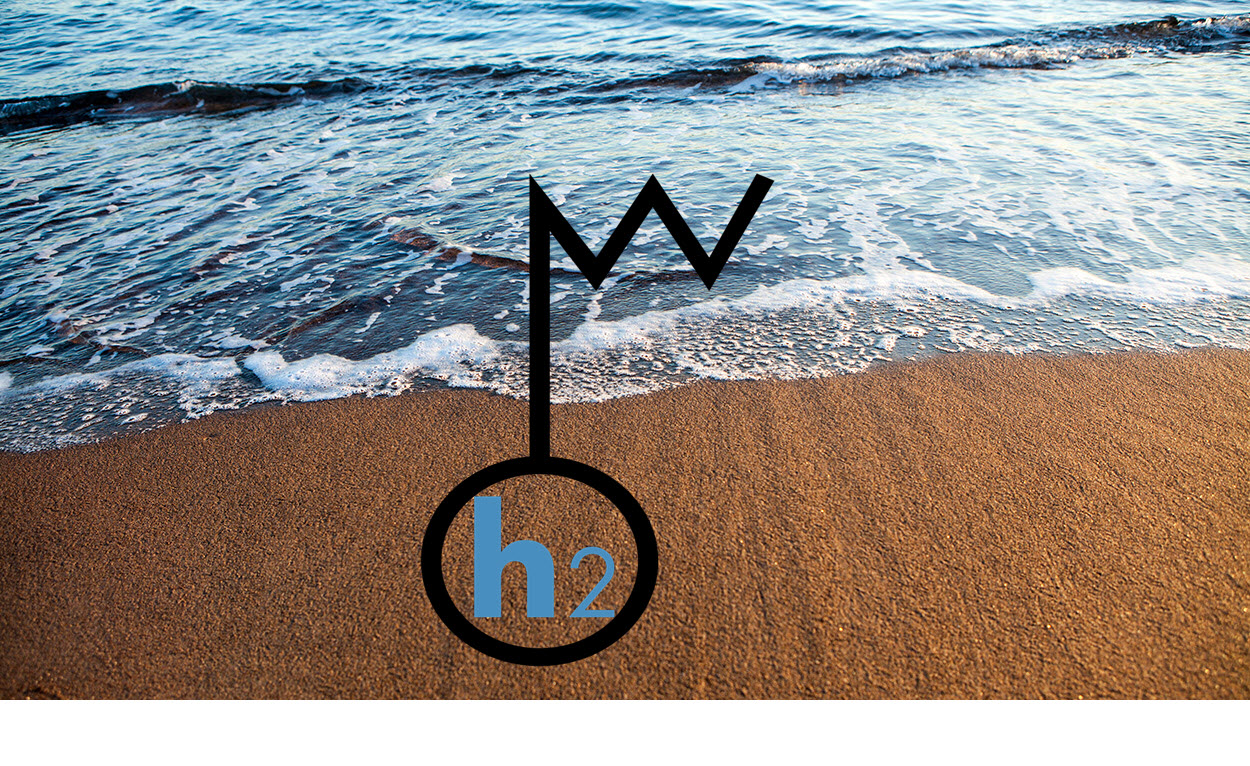
- Researchers at Swinburne’s Centre for Translational Atomaterials, in collaboration with Shaanxi Normal University, have developed a catalyst that can produce high-performance solar light-triggered hydrogen from seawater
- They have also developed a prototype device using this catalyst, known as the ‘Ocean-H2-Rig’
Researchers at Swinburne University of Technology’s Centre for Translational Atomaterials, in collaboration with Shaanxi Normal University, have developed a robust single-atom platinum catalyst that can produce high-performance solar light-triggered hydrogen from seawater.
They have also developed a prototype device using this catalyst, known as the ‘Ocean-H2-Rig’.
Hydrogen is one of the cleanest fuels. If it is produced from a clean, renewable energy source, like wind or solar, it can be used as a clean transport fuel, for providing electricity to the grid, and to offset the carbon from manufacturing processes.

Floating prototype equipped with the single-atom platinum catalysts for solar light-triggered hydrogen production directly from seawater.
In conventional photocatalysts, electrons and holes are separated upon solar radiation to trigger water splitting to hydrogen and oxygen. The separated electrons and holes tend to recombine, which significantly decreases the photocatalytic activity and reduces the hydrogen production efficiency.
The single-atom platinum catalyst developed in this work effectively extracts the photo-generated electrons, thus avoiding unwanted recombination.

Single-atom platinum catalyst helps to extract photo-generated electrons.
Founding Director of the Centre for Translational Atomaterials, Professor Baohua Jia says the single-atom catalyst has the advantage of easy cycling, reuse and green production.
“It promotes highly efficient hydrogen production with an outstanding quantum yield of 22.2 per cent under LED-550 illumination, which stands among the best catalysts ever reported,” Professor Jia says.
“The high solar‐to‐hydrogen conversion efficiency is what we need for industrial application,” Associate Professor Ma says. “We have designed a novel prototype device that is able to float on the ocean surface for hydrogen production from seawater.”
The research paper is published in Angewandte Chemie International Edition.
Read the most up to date Fuel Cell and Hydrogen Industry news at FuelCellsWorks




